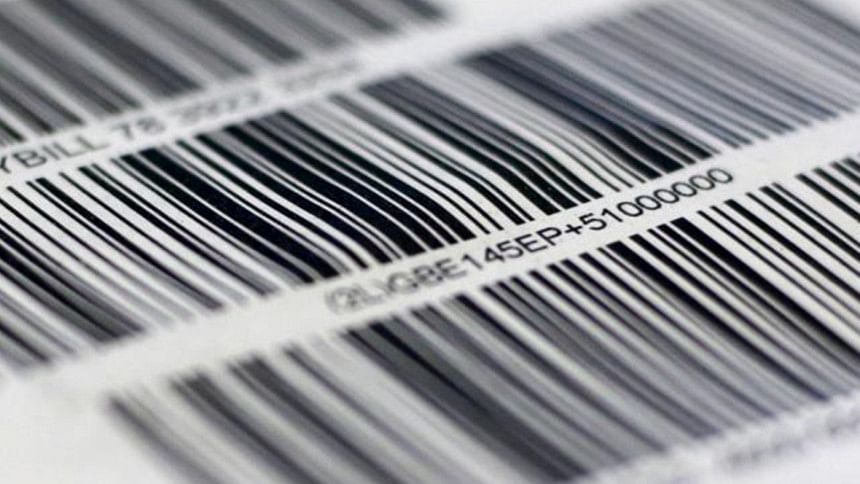Days numbered for barcodes as shoppers demand more data

Growing demand for more information about the products we buy could mean the end of the simple barcode - the blocks of black and white stripes that adorn most objects for sale and are scanned five billion times a day.
First used on a pack of Wrigley's Juicy Fruit chewing gum in 1974 in a store in Ohio, barcodes have revolutionized the retail world, allowing cashiers to ring up products much faster and more accurately, while also streamlining logistics.
But shoppers are now demanding far greater transparency about products, and store owners need more information to help with stock taking, product recalls and to fight fakes. The basic barcode is just not up to the job.
That could mean a costly upheaval for retailers and brands to change packaging and invest in new systems and scanners. But it should also bring benefits as more data helps them manage the flow of goods better.
"The barcode did a great job, but it is now time for succession," said Capgemini consultant Kees Jacobs, who is working with the world's top retailers and food manufacturers to try to agree new global standards for labels and product data.
"The current barcode is not sufficient to be the carrier of much more granular information that is needed," Jacobs said.
The most ubiquitous barcodes allow an eight to 14 digit number to be read by a laser scanner. For example, barcode 4-003994-111000 identifies a box as being a 375 gram pack of Kellogg's Corn Flakes.
However, that number does not directly capture any other information that might interest a shopper - such as ingredients, allergens or country of origin - nor does it provide a retailer with useful details such as the batch number or sell-by date.
That data is usually printed on the pack, but consumers increasingly want to read it online, or with a smartphone app such as one that measures calories. Retailers want data that can be scanned for tasks such as quickly locating faulty goods for recall or about-to-expire products for mark downs.
Sustainable and safe?
GS1, the non-profit organization that assigns the unique numbers in barcodes, has developed a double-layered barcode it calls the "data bar" which can carry some extra details such as expiry date, quantity, batch or lot number.
That has allowed German retailer Metro (MEOG.DE) to launch PRO Trace, a smartphone app that shows, for example, that a filet of salmon on sale at a store in Berlin on Aug. 25 was caught at the Bremnes Seashore fish farm off the coast of Norway on Aug. 17 and processed in Germany on Aug. 21.
The app also displays a map highlighting the fishing area of the catch and a detailed description of the Atlantic salmon.
Metro says the app helps customers at its cash-and-carry stores such as professional chefs from hotels and restaurants, as they can now embellish their menus with information about the exact origin of pricey delicacies such as wagyu beef.
"We are the only ones in Germany that can do this for fresh fish. It's about trust. Our customers challenge us to offer sustainable and safe products," said Lena vom Stein, a corporate responsibility project manager at Metro.

 For all latest news, follow The Daily Star's Google News channel.
For all latest news, follow The Daily Star's Google News channel. 



Comments